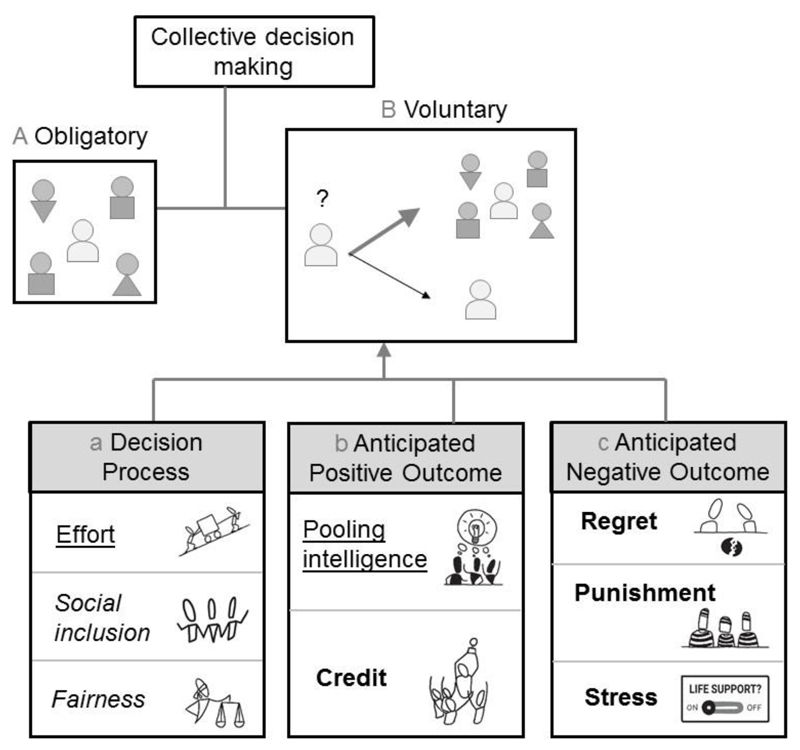Figure 1. Motives for collective decision making.
A framework for understanding individuals’ motives for engaging in collective decision-making behaviors. The first distinction is between circumstances in which collective decisions are A) obligatory versus B) voluntary. We focus on the latter (A). The second distinction is between motives that relate to a) the decision process itself and (b–c) its anticipated outcome. The different motives are linked back to the three categories identified in the main text: improving outcomes (underlined, Category 1); social inclusion and normative needs (in italic, Category 2); shared responsibility (in bold, Category 3). a) Under the process-related motives, individuals combine their efforts during the decision process (Effort), feel included in the group (Social inclusion), and fulfill their normative needs for fairness and procedural justice (Fairness). b) Under an anticipated positive outcome, individuals pool intelligence to reach a better/positive outcome (Pooling intelligence) and are able to claim credit for successful outcomes (Credit). c) Under an anticipated negative outcome associated with decision uncertainty or difficulty—our focus in the main text—sharing responsibility reduces Regret, Punishment, and Stress.

